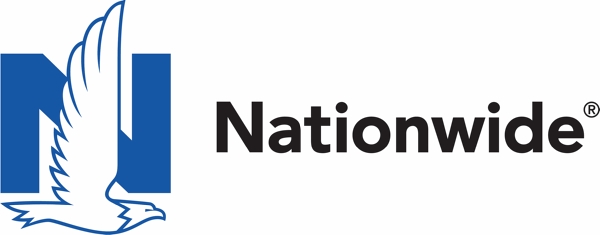As an accountant and tax professional, you can glean a great deal of information from a company’s Employer Identification Number. Almost everything tax and business expense-related can be tracked using the business’ EIN. However, there are some instances where the information disclosed by the company may send up some red flags. If this is the case, you must ensure a thorough investigation is conducted to prevent legal or tax breaches.
There are several common signs of EIN misuse when conducting business tax audits. If you’re conducting an audit of a business, you need to be aware of the red flags discussed below. These issues can either result from simple tax reporting mistakes or businesses trying to dodge tax implications. Either way, as an auditing professional, it’s vital that you detect any discrepancies in business tax reports and either try to rectify them or report them to the IRS.
A business has multiple EINs
There are some instances where a company is entitled to have more than one EIN. The rule is that a business can have more than one EIN provided that each one represents separate business entities. If you find there is more than one EIN affiliated with one business and under one entity, you need to ensure nothing suspicious is going on. For most corporations, it’s normal for multiple entities to operate under one business. However, for smaller businesses, it is rare that multiple EINs are required.
Information that does not add up
When an organization applies for an EIN, it is required to disclose some basic information about the company or business. This is what informs the IRS about the amount of tax they have to pay and the nature of their business. If you are auditing a company and find there are business operations being conducted that do not line up with the information disclosed to the IRS, this may be cause to launch a more thorough investigation. Other information that may be mismatched includes basic contact information, company addresses, owners’ names or registration details.
If these details do not match your records, you should urge clients to ensure they are updated as soon as possible. Mismatched information in this capacity may result from managers foregoing administrative duties. However, it should send up a red flag to professionals, as it may mean that a business is trying to avoid paying taxes or disclosing income information.
Using EINs incorrectly
One of the most common examples of EIN misuse is identity theft. If you come across unusual transactions in your client’s bank statements or find that unusual expenses have been filed in tax reports, there is a high chance that the EIN of a company has been used incorrectly. For smaller businesses, you may find there are certain personal expenses being put through as business expenses. If so, you need to flag this with your client directly. There may be a simple explanation for the filing mistake. However, it’s commonly a case of business owners trying to over-claim on their tax deductions. If you find a business owner is misusing their EIN, then you need to flag it with them and ensure the same thing does not happen again, as the implications will become more serious as their business expands.
As a professional in the accounting and auditing space, you must also provide guidance on correctly filing tax reports and ensure your client gets the most out of legal tax breaks. There may also be some tax schemes and government incentives that may apply to your clients, in which case you need to make them aware of areas they could benefit.
Suspected identity theft
ID theft is a common crime in the U.S., and it can be detected through your client’s EIN. If there are unusual transactions in your client’s account, it is either a case of misallocated company spending or a case of ID theft. Another case of ID theft may be that an organization separate from your clients is using their EIN to file fraudulent tax reports for themselves. In this case, your client may be implicated for incorrect tax reports when in fact, the fault lies with another entity entirely. By scanning reports associated with a specific EIN, you will be able to detect any suspicious activity, at which point you should take action to terminate ID theft and get the authorities involved if necessary.
Tax-reporting inconsistencies
One of the most common red flags regarding EIN-related discrepancies in tax reporting is inconsistent tax returns. Significant differences in disclosed income, number of employees, claimed expense deductions and undisclosed business activity are some of the reporting problems you may need to look out for when conducting an audit. Previous tax returns and reports can be linked to your client’s EIN, and you can recover all the paperwork necessary to establish your client’s tax history. If there have been any changes in the nature of the company’s trading or capacity under which they operate, this is something that they have to disclose to remain compliant with the IRS’s tax laws.
Discrepancies in employee earnings
The key purpose of an EIN is to enable companies to take on employees. This also means that they need to be able to accurately report how much their employees are earning and the amount of business capital spent on human resources. Additional employee expenses may also include company perks like pensions, medical cover, gym memberships, etc. One of the common areas of discrepancy regarding employee earnings is also bonus schemes. It’s therefore important to ensure the employer or business owner accurately discloses the amount their employees earn throughout the financial year.
Using EINs effectively
In any auditing or accounting practice, the best way to detect red flags associated with an organization’s EIN is by cross-referencing information previously reported to the IRS. As a professional, you must practice legal integrity while ensuring that your clients remain compliant with federal and state-specific tax laws.
Credit: Source link











